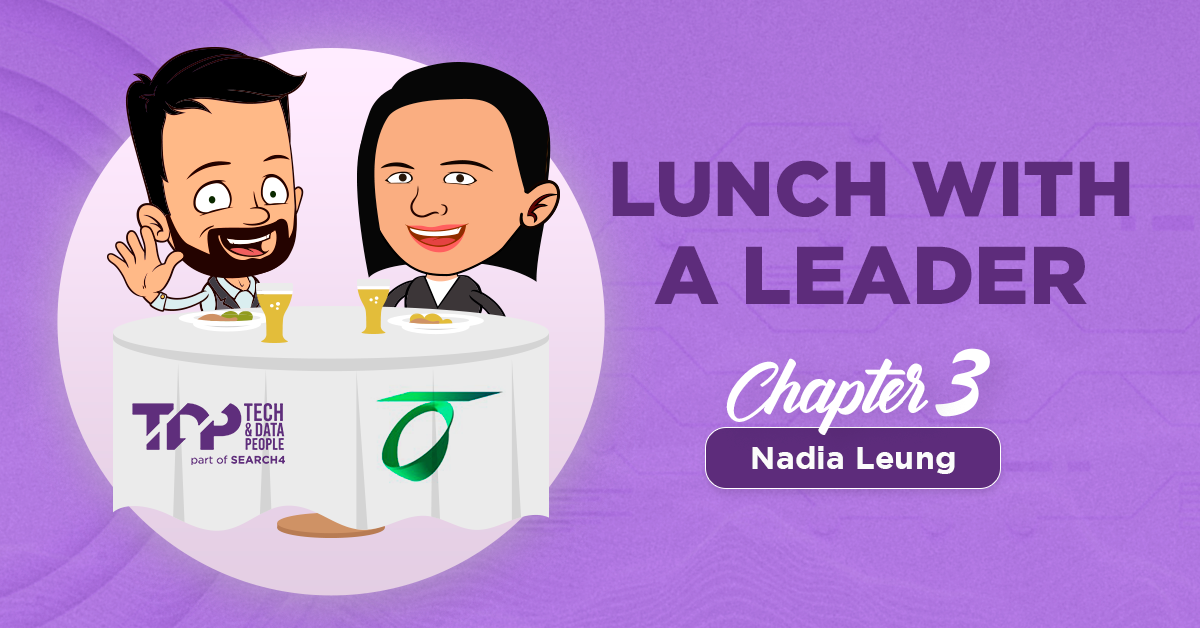Blogs
The hidden opportunities within an organisational restructure

Within a business context, an ‘organisational restructure’ can have negative connotations, with many associating it with mass redundancies and change- not usually for the better. Sadly, restructures are inevitable for any organisation going through periods of growth and development- a regular occurrence within the private sector overall and the Built Environment Industry. They can also be a necessary measure for survival during economic hardship. The pandemic was a perfect example of this, with many organisations using a restructure as a way to save costs. However, while a restructure can pose a legitimate ‘threat’ to an individual’s career prospects, it can also provide great opportunities. For those worried about a potential restructure in their workplace or are going through one currently, Design & Build have collated some advice from HR and management experts, to help you navigate through the process.
What is an ‘organisational restructure’?
When employees hear the word ‘restructure’ minds can automatically go to ‘redundancies’ and panic can set in. However, restructures and redundancies although related, aren’t dependent on one another. An organisational restructure or reorganisation refers to changing the operational set-up (structure) of an organisation to improve the way the business runs and delivers products or services . It often involves configuring roles in a way to ensure maximum effectiveness both financially and in terms of output and consequently involves adding new roles, merging two or more existing roles, disestablishing roles that are a surplus to requirements, or a combination of any of the above. There needs to be a genuine reason for a restructure, for example, a change in market demands or financial constraints (two issues which many organisations experienced due to COVID-19 in 2020 and 2021) merging with another company or wanting to outsource certain business functions.
A redundancy is a direct outcome of a restructure; where a role or position,
rather than a person is surplus to the business’s needs. A role can be made redundant for a number of reasons; perhaps technology and automation processes were able to replace the responsibilities of an employee, or an organisation merged with another company and then found itself having two employees performing the same role. The crucial factor with redundancies is, that if a person’s role is made redundant, they can’t then be replaced with someone else in a substantially similar position, with a different job title.
And most importantly for organisations, redundancy should always be treated as a last option. It should only be considered after all reasonable alternatives are explored. Which is an important point for employees to remember when they hear the word ‘restructure’ make its way through the office rumour mill. There are other outcomes organizations can explore when looking at a restructure that are often considered first.
Possible alternatives to a restructure
A common alternative for many organisations is redeployment and retraining- this is a common occurrence in organisations where many departments regularly work with each other and employees develop strong transferable skills. For example, someone from the sales team could be redeployed to the marketing team or someone from the administration/office support team could be redeployed to the finance team.
Redundancies can become quite costly for a business when all of the severance payments and outplacement costs are considered, not to mention the lost investment from hiring, onboarding and training those now redundant employees. Redeployment, however,
gives an organisation the opportunity to retain this knowledge capital in-house , by providing an alternate career path to employees who’ve made it known that they’re interested in staying with the organization and have the necessary skills or potential. Of course, for this to be a viable option, there must be available roles in another area of the business or perhaps an increased level of demand that requires more resources.
The employee in question must also be able to perform the new role due to their skills and previous experience or with a reasonable period of retraining. All of this aside, redeployment and retraining are great ways for an organisation to retain its talent, boost overall morale within the business and provide employees with a new career challenge. Another option organizations could consider is to alter the work hours and responsibilities of employees. One way to do this is through job sharing; splitting a full-time position into two part-time roles.
The work is often divided in two ways; the ‘islands model’ in which each individual will take responsibility for separate tasks depending on their individual strengths and capabilities, or the ‘twins model’ where they share the same workload but simply divide up the days. Alternately you can alter roles from full-time to part-time, even just temporarily. The added benefit of this is that everyone retains their own position meaning there is less potential for confusion and it is easier to transition people back to full-time once a company is able to.
Reduced hours and job-sharing won’t be an ideal option for all employees, but have become increasingly common for those looking for more flexibility in their workplace; perhaps they need to take care of a family member, are trying to put more time into a side-hustle they have or are going back to school and need to dedicate more time to their studies. If an organization is facing a restructure, it’s worth exploring these options and seeing if it would work within an organisation as opposed to making certain roles redundant.
What to do if you know your organisation is facing a restructure
While they can be stressful, if you’ve received a formal confirmation from your manager or leadership team on an upcoming restructure, it doesn’t necessarily mean a death sentence for your career. Experts in management and HR consulting suggest the following step to help you navigate through the process in one piece.
Gather Information
Before jumping to conclusions, it’s important to
gather all the information you can , so you can adequately consider all your options. This can sometimes be difficult as organisations might not be forthcoming about details, but generally, the larger the organisation is, they’ll usually release some sort of press release or go through a formal presentation with staff about an upcoming restructure. Try and see if you can get the answer to the following questions:
- Will there be redundancies?
- Who will be looking after the restructure?
- How will they be making their decisions?
For smaller organisations, take advantage of the
greater transparency, and exposure to leadershi p that often comes with a less hierarchical structure and see if your manager or leadership team can provide more details.
Take Stock of Your Achievements
During a restructure, employees are often asked to go through their key responsibilities and contributions they make to the greater team so that employers can make more informed decisions when restructuring an organisation. As an employee, you should think about your own impact on the organisation. Look back on past achievements, gather old performance appraisals, and write down quantitative and numerical examples of all the ways you’ve contributed to the organisation’s overall success. You should also think about the transferable skills you possess that could easily be applied to other areas of the business. Having this information prepared will make it that much easier in the event of having to ‘pitch’ yourself to the management team, or if applying for an internal promotion . It can help beef up your resume if you decide to look outside your organisation for a new role.
Weigh Up Your Options
Once you’ve gathered as much information on the restructure as you can, and you’ve taken stock of your achievements you should then have a serious think about your options and the possibilities a restructure can present. It’s worth talking to your manager or business leader about whether they would be open to redeploying certain employees; maybe there’s another area of the business you’ve always wanted to be more involved in and volunteering to move internally will not only demonstrate your loyalty to the organisation but provide yourself with a new work challenge. Alternately, you might decide this restructure gives you the perfect opportunity to take a step back; work on more freelancing or spend more time with the family. If this is the case, you can discuss the potential for adjusting your hours to part-time or investing in job-sharing.
Finally, a restructure can also generate new roles or internal promotions as resources and responsibilities within the organisation get reallocated. If you’ve been wanting more responsibility or looking to take your career to the next step, utilising the changes made during a restructure could be the way to achieve this. Furthermore, if you’ve already done the self-evaluation of your skills and achievements, it makes it that much easier to apply for a new position.
Reach Out To Your Network
It’s always best to keep your options open, so if you receive confirmation about a restructure, you should start reaching out to your professional network. Get in touch with recruiters that work within your industry, update both your Linkedin profile and resume and start looking around to see what job opportunities are available. Trying to remain positive and calm during a restructure can be difficult, but seeing that other opportunities exist for you outside the company and knowing that you have options can bring a lot of comfort during the restructure process and potentially even leverage for a new career. transferable and gave him a unique advantage in his new career. While it can be difficult to stay positive, try and remember that there is always a future and there is always the opportunity to transfer your skills and experience elsewhere in an equally positive vein.
- - -
If you’re looking for new career opportunities - especially within the Built Environment Industry - and are interested in finding out what else is available, or simply looking for some career advice, don’t hesitate in reaching out to our specialized consultants. Contact us here:
people@techanddatapeople.com.au











